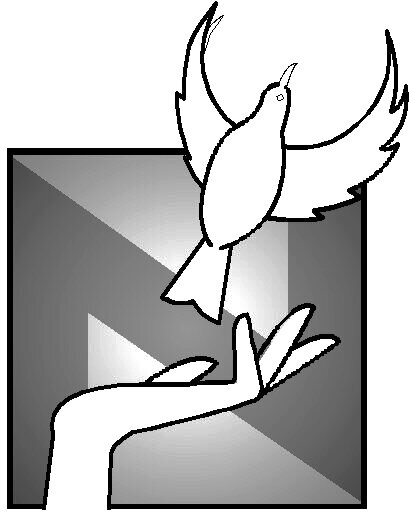Address Pain with Alternative Medicine
Every year 40 % of all Americans will experience pain severe enough to require treatment. Over time, pain can affect personal relationships, professional commitments and one’s self-image.
For instance, millions of migraine sufferers struggle with family and co-worker’s frustration and their own feelings of being trapped by their pain. Although many new medical breakthroughs are now available, patients may feel drowsy or experience lowered inhibitions. Becoming addicted to pain killers or developing tolerance and needing to increasing dosages, also concern patients. As a result, Complimentary and Alternative therapies for pain are seeing a dramatic increase in popularity.
One New York City study found that 56% of those in pain had used at least one alternative therapy and 87% had received some relief from pain. Massage was used by at least 30% of these pain patients and about 25% had used herbal remedies.
Much research has been done verifying the benefits of massage, acupuncture, biofeedback, Guided Imagery and hypnosis for pain relief. Massage relaxes muscles in spasm, which create or add to existing pain. Massage can free up fascia (connective tissue) and muscles and help the body resume a natural posture. Massage can also aid in circulation and the releasing of toxins in the lymphatic and circulatory systems.
Acupuncture is most often sought to address pain. Sophisticated imaging such as, MRIs, have shown that acupuncture may close “pain gates” on the spinal column, and these shut down the message of pain sent to the brain. Acupuncture can also help the body produce hormones that lead to enhanced feelings of well-being. One study at the University of Medicine and Dentistry of New Jersey found that pain originally felt by test subjects could not be felt after acupuncture treatment.
Guided imagery is also effective in treating pain and perception of pain. Some insurance carriers are now paying for Guided Imagery for surgery patients because research has shown positive results, such as, less blood loss, faster recovery times and less postoperative pain.
Biofeedback is used in treating migraines, stress-related neck and back pain and PMS systems. Biofeedback is a mechanical way of seeing how much tension the body is holding. With a biofeedback trainer patients can learn to relax muscle tension on their own and decrease their experience of pain. Many patients have reported needing less medication after getting substantial relief from biofeedback.
Psychotherapy can help with disruption in relationships and the emotional frustrations that often accompany chronic pain. In counseling people can learn coping skills, to ask for what they need and be assertive, not hostile, even when they are uncomfortable.
Pain sufferers have many new options available to them. Treating life-disrupting pain can give life back to sufferers.
By Dr. Lois Nightingale, Psychologist, PSY9503 714-993-5343
